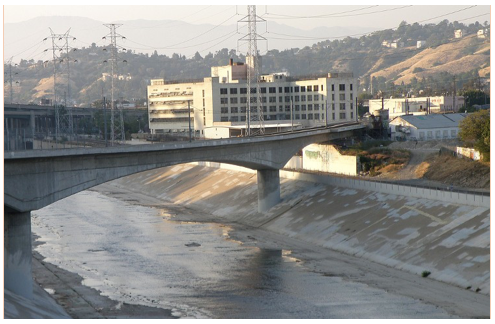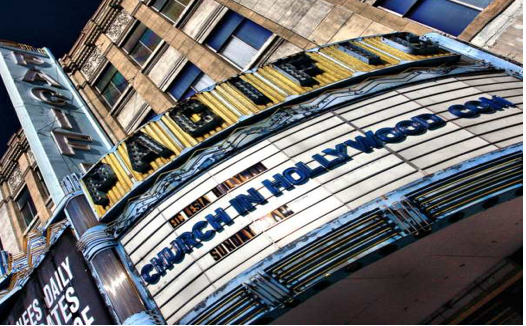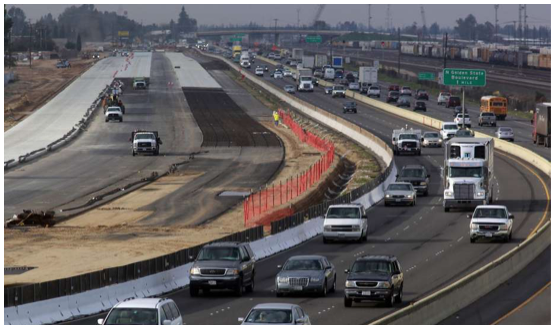LA’s Housing Crisis: Much Worse than You Think
PLATKIN ON PLANNING-Driving through Skid Row, witnessing homeless encampments near luxury apartment complexes, encountering people living in their cars, hearing stories about long commutes to the Antelope Valley for cheaper housing, or reading the latest data of soaring housing prices and rents lets you know that LA is in the midst of a severe housing crisis.




































